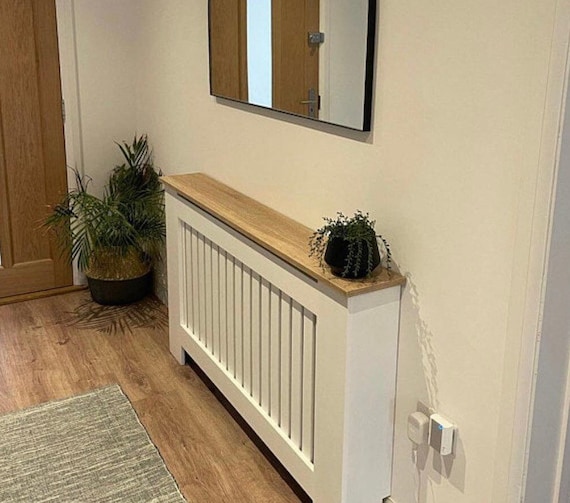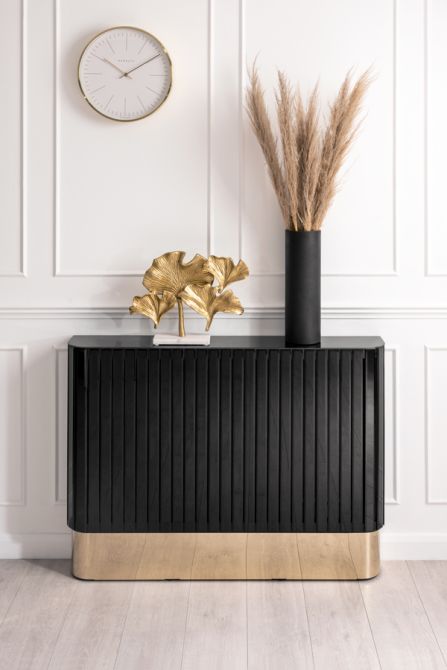Radiator Covers: Comprehending Materials, Designs, and Benefits
Radiator covers serve both visual and functional functions within a home, providing a range of materials such as metal, mdf, and wood to match various style choices. Choosing the ideal radiator cover involves comprehending the nuances of materials, styles, and their linked benefits.
Kinds Of Products


Wood covers, commonly crafted from hardwoods such as oak or maple, offer a traditional, cozy appearance that enhances standard insides. Their sturdiness and ability to be discolored or painted contribute to their convenience. Steel covers, normally made from steel or light weight aluminum, are favored for their toughness and modern-day appearance, often featuring smooth lines that boost modern spaces.
MDF, a produced timber item, is preferred for its cost-effectiveness and convenience of customization. It can be painted or completed to match existing decoration while offering a smooth surface. Plastic covers, while less common, are lightweight and immune to dampness, making them ideal for humid environments.
Ultimately, the option of product for a radiator cover must straighten with the homeowner's style preferences, functional requirements, and the specific environment where the cover will be installed. Each material provides an unique character, guaranteeing that there is a choice to fit every taste and setting.
Popular Layout Styles
Highlighting aesthetic appeal, prominent style styles for radiator covers reflect a series of preferences and indoor design patterns. Traditional styles often feature detailed woodwork and luxuriant outlining, making them suitable for vintage-inspired or traditional insides. These covers normally include carved aspects, providing a cozy and inviting feel to any space.
In contrast, modern layouts concentrate on minimalist looks, defined by clean lines and understated style. Materials such as metal or streamlined wood with a smooth finish are frequently used, allowing these covers to mix flawlessly right into modern-day spaces. Industrial styles, on the various other hand, embrace raw materials like revealed steel and concrete, including a vibrant declaration to loft space or city settings.
For those looking for an unique touch, bespoke designs offer modification choices that satisfy individual preferences, enabling property owners to select shades, patterns, and products that enhance their style. Furthermore, farmhouse-style covers incorporate rustic elements, including distressed timber and simple forms that stimulate a relaxing, nation beauty.
Benefits of Radiator Covers
Radiator covers not just enhance the aesthetic allure of a room but also use numerous practical benefits that make them a beneficial enhancement to any kind of home. Among the primary advantages is security, especially in families with pet dogs or youngsters. Covers reduce the risk of burns from hot radiator surfaces, making sure a more secure setting.
In addition, radiator covers can improve power efficiency. By directing warm right into the space instead of permitting it to run away, they aid keep a regular temperature level, lowering home heating prices gradually. This is particularly valuable in older homes where radiator systems might be much less reliable.
An additional remarkable advantage is sound reduction. Radiators can often create undesirable noises throughout procedure, and covers can help muffle these noises, adding to a much more calm living room. Radiator covers can be practical, offering added storage space or screen space, therefore making best use of the energy of often-overlooked locations.
Lastly, they can protect radiators from dirt and debris, which can prevent effectiveness and increase upkeep requirements. With these combined advantages, radiator covers become a practical solution for boosting both the capability and style of any home setting.
Setup Factors To Consider
Setting up radiator covers requires cautious consideration to make sure both functionality Full Article and safety and security (Radiator cover). Evaluate the measurements of your radiator and the surrounding space to make sure a correct fit. Exact measurements are crucial; an ill-fitting cover can block heat circulation or develop security threats
Next, examine the product of the cover. While wood uses visual appeal, metal choices might provide far better resilience and warmth resistance. Consider the weight of the cover also; larger covers may need added support or reinforcements to prevent drooping or damages over time.
Ventilation is one more critical aspect. Covers should include ample view website airflow to avoid getting too hot and keep efficient heating. Try to find layouts with slats or openings that allow heat to distribute without obstruction.
Furthermore, make certain that the cover is firmly placed to avoid mishaps, particularly in homes with youngsters or family pets. Radiator cover. It's recommended to follow the producer's setup guidelines closely and, if required, speak with an expert for complex setups
Maintenance and Care Tips
Correct maintenance of radiator covers is vital for ensuring their long life and optimum efficiency. Routine cleaning is important; dust and debris can accumulate, obstructing air movement and lowering warmth effectiveness. Utilize a soft, damp cloth or a microfiber duster to delicately clean the surface, avoiding extreme chemicals that may harm the coating. For painted or timber covers, take into consideration an ideal polish or protective covering to keep their look.
Inspect the covers occasionally for indicators of wear or damages, such as fractures or peeling off paint. Resolving these problems promptly can stop further deterioration. Make certain that the covers are firmly fastened and look for any type of loose screws or fittings, as resonances from the radiator can loosen them over time.
In chillier months, avoid positioning heavy things or attractive items in addition to the radiator covers, as this can hinder warm circulation and cause unnecessary stress and anxiety to the structure. Last but not least, think about seasonal upkeep by eliminating the covers for complete cleaning and assessment during warmer click to investigate months when the heating unit is inactive. Adopting these basic treatment suggestions will certainly enhance the efficiency and aesthetic charm of your radiator covers, guaranteeing they offer their objective efficiently for many years ahead.

Verdict
In recap, radiator covers act as aesthetic and useful improvements to property areas. The varied variety of products, including woods, steel, plastic, and mdf, permits for alignment with numerous design styles such as typical, modern, industrial, and farmhouse. The advantages of these covers expand past security and energy effectiveness to include added storage and dust defense. Careful factor to consider of installation and maintenance more makes sure the longevity and efficiency of radiator covers in any kind of home environment.
Radiator covers serve both practical and visual purposes within a home, providing a variety of products such as steel, wood, and mdf to fit numerous layout preferences. Selecting the ideal radiator cover entails comprehending the nuances of products, layouts, and their linked benefits.Highlighting aesthetic charm, prominent style styles for radiator covers mirror an array of tastes and indoor layout patterns.Radiator covers not only improve the aesthetic charm of an area however likewise use a number of functional advantages that make them a beneficial addition to any type of home. Think about the weight of the cover as well; much heavier covers may require additional assistance or supports to stay clear of drooping or damages over time.